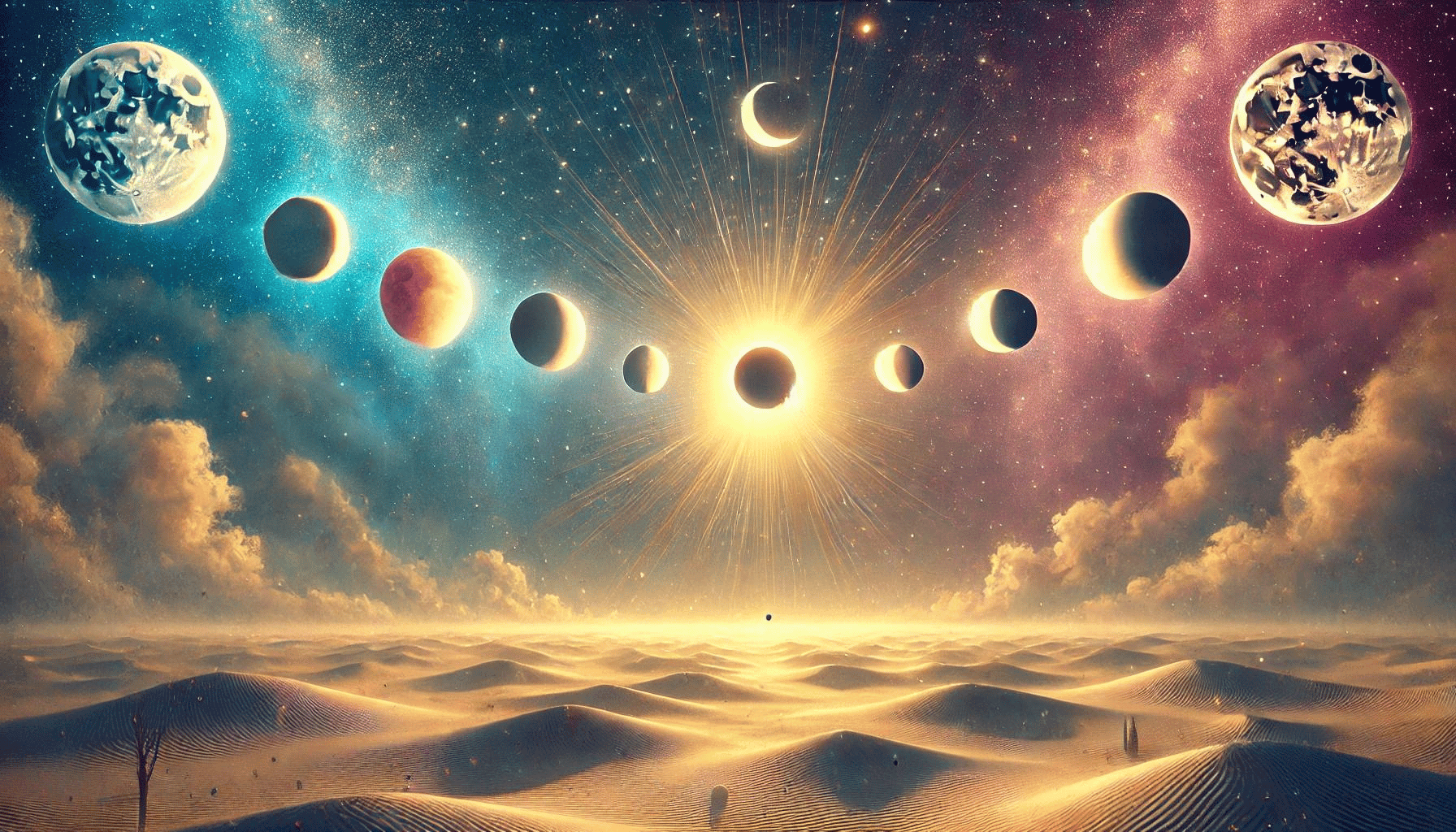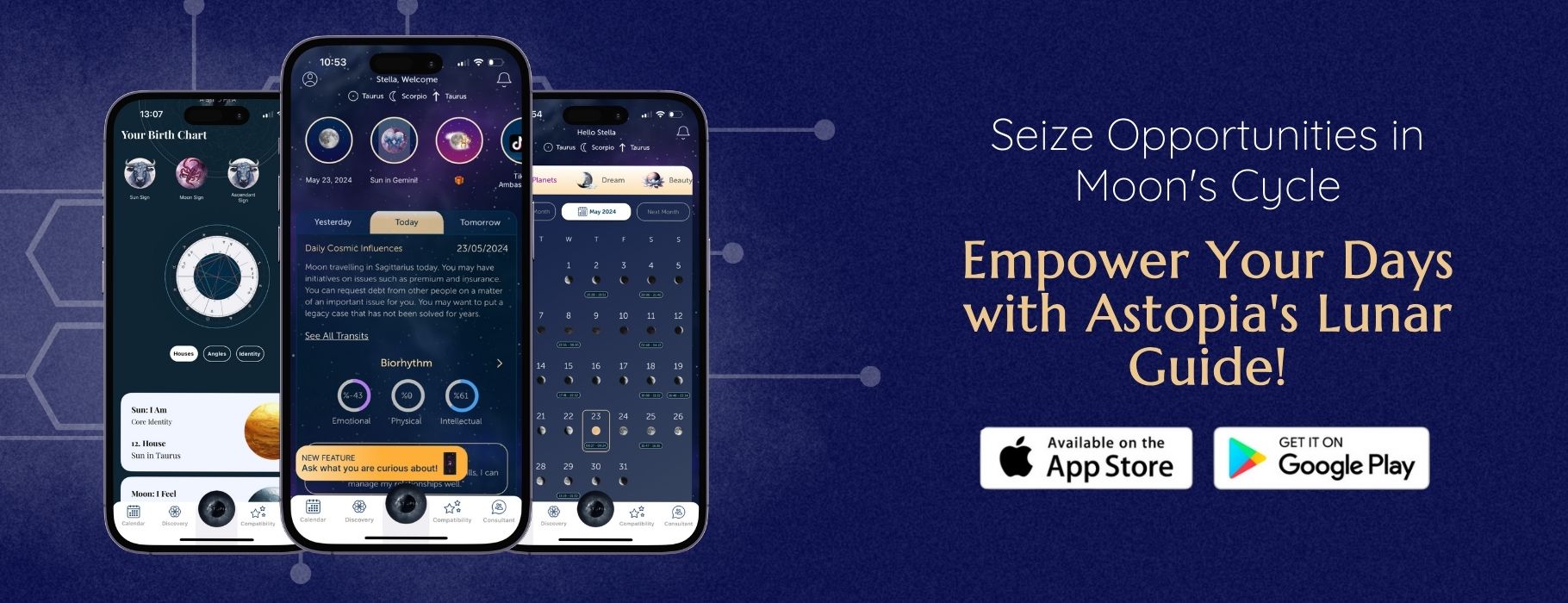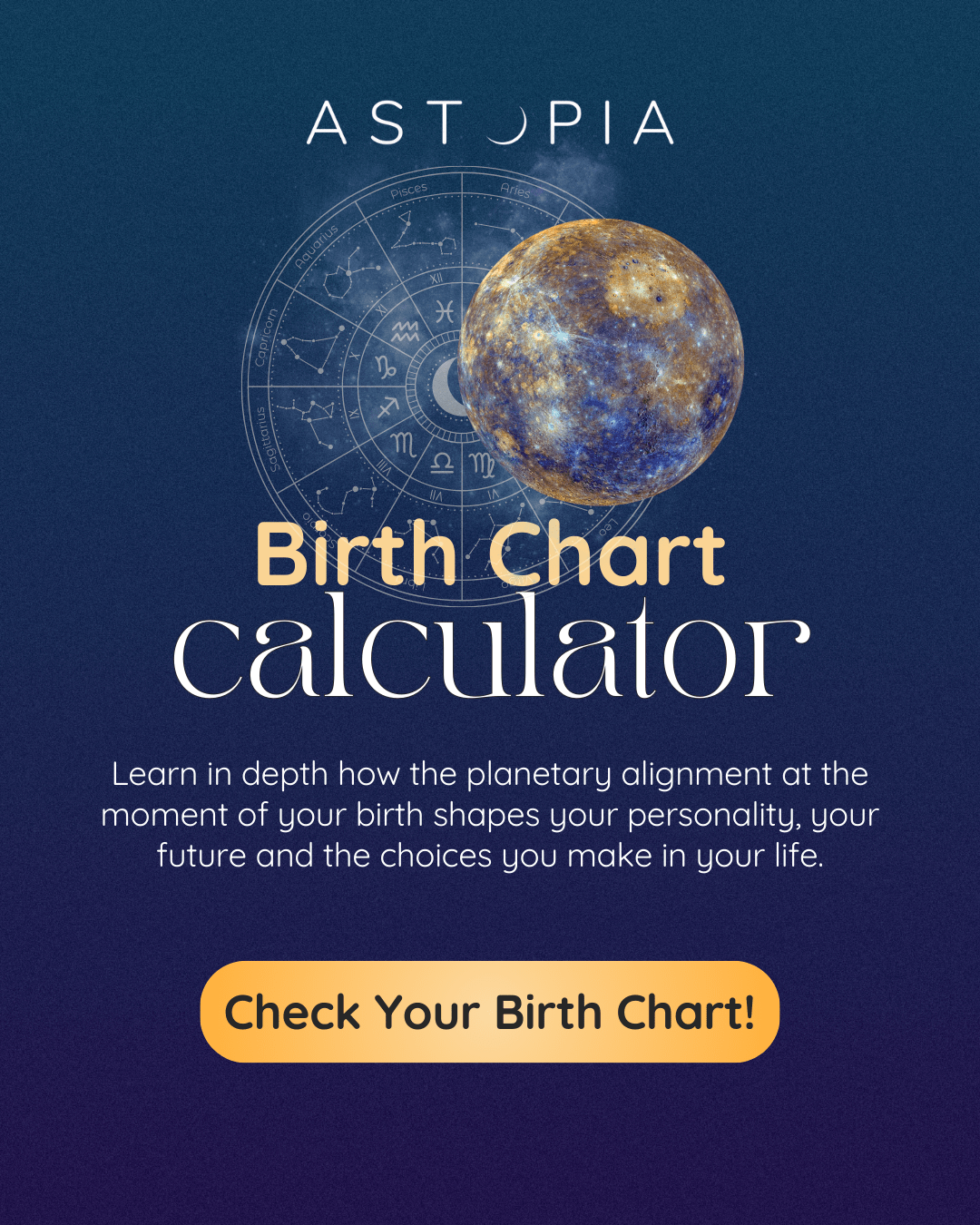
7/12/2024
Author: Astopia TeamLunar and Solar Eclipses in the Second Half of 2024
In the second half of 2024, the skies will be filled with significant lunar and solar eclipses. While these eclipses provide a great opportunity for sky watchers, they are also astrological and will create various scientific impacts. lunar eclipses While the Earth's shadow falls on the Moon, changing its color, solar eclipses It occurs when the Sun is partially or completely covered by the Moon. These events help us better understand the beauty of the sky and the functioning of the universe.
The Importance of Sky Observation
Sky watching is a part of humanity's curiosity about nature and its effort to understand the universe. Lunar and Solar Eclipses, this is one of the most exciting events to observe. These eclipses both provide data for scientific research and increase people's interest in the sky. Especially children and For young people, such celestial events can be a gateway to encouraging interest in science and technology.
Celestial Events Expected in 2024 Astrology, Importance for Science and Technology
Lunar and Solar EclipsesIt has great astrological importance. These events are seen as heralds of important changes in the lives of individuals and society at large. The eclipses that will occur in the second half of 2024 can be considered as a period of transformation and awareness in the lives of many zodiac signs. During these periods, energies intensify and people have the opportunity to deepen their inner worlds.
Lunar and Solar EclipsesIt is also very valuable from a scientific point of view. Observations made during these eclipses allow us to obtain new information about the Sun and the Moon. Especially solar eclipsesIt provides detailed data about the Sun's atmosphere and magnetic structure. These data make important contributions to many fields, from climate science to space research. Additionally, eclipses play a major role in accelerating technological developments and the development of new observation tools.
Lunar Eclipses That Will Occur in the Second Half of 2024: Dates and Observation Tips
In the second half of 2024, two important Lunar Eclipses will happen. First Lunar eclipse It will occur on September 25, 2024. This eclipse will begin in the evening and continue throughout the night. Second Lunar eclipse It will take place on December 18, 2024 and can be observed at night. Both eclipses will offer spectacular observation opportunities for sky enthusiasts.
When watching eclipses, it is important to choose a place that is dark and away from light pollution. This will help you see the changes of the Moon during the eclipse more clearly. Watching with the naked eye may be sufficient during observation, but you can observe the details better by using a telescope or binoculars. Additionally, using a tripod and a high-resolution camera to photograph eclipse moments can also provide effective results.
Things to Know While Observing
lunar eclipses There are some important points to consider when observing during First, it is important to check the weather forecast and have clear skies. Cloudy or rainy weather may negatively impact the viewing experience.
You can make the observation process more comfortable by taking hot drinks and a comfortable chair with you during the observation. It is also important to determine the location where you will be observing in advance and make sure that it is in a position where you can see the Moon directly. Taking notes during observation and recording the observation process can make this experience more memorable for you.
Phases of the Lunar Eclipse
Lunar eclipse it occurs when the Earth's shadow falls on the Moon and is observed in three main phases: Penumbral Lunar Eclipse, Partial Lunar Eclipse ve Total Lunar Eclipse.
- Penumbral Lunar Eclipse: The Moon enters the Earth's penumbra and a slight dimming is observed.
- Partial Lunar Eclipse: When the Moon enters the Earth's shadow, a more pronounced darkening occurs and the Moon turns reddish.
- Total Lunar Eclipse: A total eclipse occurs when the Moon is completely in the Earth's shadow, turning the Moon into a completely dark red color. This phase usually lasts from a few minutes to a few hours.
Effects of Lunar Eclipse on Earth
lunar eclipsesIt is also known for its various effects on the Earth. These eclipses can cause changes in magnetic fields and have emotional and mental effects on some people. During the eclipse, fluctuations in people's energy levels and changes in their mood can be observed.
Moreover, lunar eclipses can also have an impact on ocean tides. The influence of the Moon's gravitational pull on bodies of water on Earth may become more pronounced during the eclipse, leading to changes in the level of tides.
It will take place in the second half of 2024 lunar eclipsesIt is of great importance both scientifically and for sky observers. While these eclipses will help us better understand the fascinating nature of the sky and the functioning of the universe, they will also provide unforgettable moments for sky watchers.
Solar Eclipses That Will Occur in the Second Half of 2024: Dates and Observation Tips
In 2024, two important events will take place during the solar eclipse It. The first solar eclipse It took place on April 8, 2024 and was best observed from North America. The second solar eclipse It will take place on October 23, 2024 and will be well observable from parts of Europe and Asia.
TTo watch eclipses, it is important to check the position of the Sun and the weather during the eclipse. For the best observation conditions, a clear and cloudless sky should be preferred. Additionally, keeping the observation area away from light pollution helps to watch the eclipse more clearly.
Phases of a Solar Eclipse
Solar eclipse it occurs when the Moon comes between the Sun and the Earth and is observed in three main phases: Total, Annular and Partial Eclipse.
- Total Solar Eclipse: It occurs when the Moon completely covers the Sun, creating night-like darkness for a short time during the daylight hours.
- Annular Solar Eclipse: The Moon occupies the center of the Sun but leaves a ring around its edges. This occurs when the Moon is far from the Earth and cannot completely cover the Sun.
- Partial Solar Eclipse: It occurs when the Moon covers only part of the Sun, leaving part of the Sun still visible.
Effects of Solar Eclipse on Earth
solar eclipses, It can create various effects on the world. One of the most obvious effects is sudden temperature changes in the atmosphere. During a solar eclipse, the temperature can drop rapidly as the Sun's rays are blocked.
Moreover, solar eclipses may also have an effect on magnetic fields. This may cause temporary outages on electrical equipment and communications systems. Psychological and physical effects can also be observed on humans; Some people may experience a decrease in energy levels and emotional fluctuations during these periods.
In 2024 solar eclipses are events of great scientific and astrological importance. While these eclipses offer unique moments to sky watchers, they also give scientists the opportunity to better understand the dynamics between the Sun and the Earth.
Equipment Required to Observe Lunar and Solar Eclipses
Lunar and Solar eclipses Some basic equipment is required to observe. These equipment make observation clearer and safer:
- Telescope: Using a high-quality telescope for detailed observations will help you clearly see the craters on the Moon's surface and the details of the Sun during the eclipse.
- Binoculars: As a more portable and easier-to-use alternative, binoculars are particularly effective during lunar eclipses. At the same time, to watch the solar eclipse safely, using a telescope or binoculars to project the image of the Sun onto a surface allows observing the eclipse without looking directly at the Sun.
- Eclipse Glasses: To protect eye health while watching the solar eclipse, special eclipse glasses must be used.
- Solar Filters: Special filters used to watch a solar eclipse through a telescope or binoculars block harmful Sun rays.
- Camera and Tripod: Using a camera and a stable tripod to capture eclipse moments ensures clear, shake-free images. You can capture the reddish tones of lunar eclipses with long exposure techniques.
These celestial events are of great importance both scientifically and astrologically. While it provides valuable data for scientific research, it can also indicate important changes in the lives of individuals astrologically. While sky watching becomes even more meaningful thanks to these eclipses, the year 2024 will be full of unforgettable memories for everyone who is interested in celestial events.





